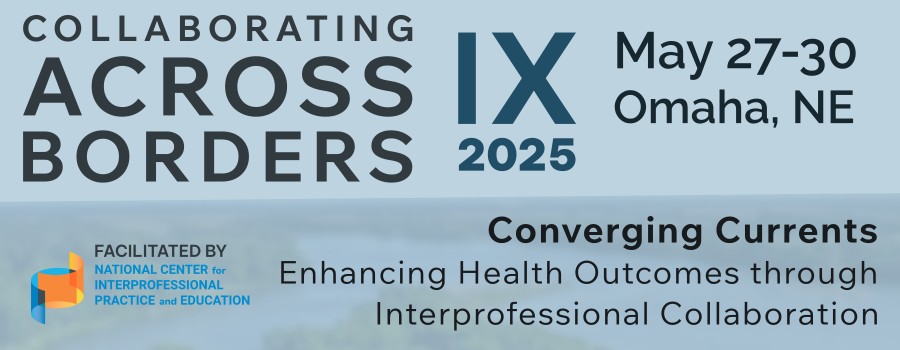Stakeholders’ Perceptions of Teamwork and Their Correlation to a Client-centered Outcome Measure
- Collaborative Leadership and Shared Responsibility in Interprofessional Teams
Research Question(s): 1) do student and facilitator Jefferson Teams Observation Guide (JTOG) ratings positively correlate with the patient perception using the Patient Insights and Views Observing Teams ( PIVOT)? and 2) do patient ratings of teamwork positively correlate with health outcomes?Methods/methodology: The research will employ a quasi-experimental design, utilizing a convenience sample of students, patients, and facilitators. Qualtrics is used to collect and anonymize responses for both the JTOG and the PIVOT. A Likert scale (-2 to +2) solicits patient ratings of client goal attainment for health outcomes.
The student survey responses will be compared to facilitator responses using a Kruskal-Wallis test and combined if there is no statistically significant difference between these scores. A Spearman correlation analysis will be applied between this group and the patient survey responses. Otherwise, a Spearman correlation between student-patient responses and facilitator-patient responses will be conducted. A Spearman correlation analysis will be applied to clients' ratings from the PIVOT and the Likert scale.Results: This grant-funded, IRB-approved project will complete the data collection phase in February 2025 with analysis and findings reported in April 2025.Conclusions, implications, and curiosities: This research provides valuable information on the relationship between stakeholder's ratings of team work and the relationship between ratings of teamwork and client health outcomes.
Learning Objectives
- After participating in this session, attendees should be able to explain the gap in existing research regarding patient perspectives on interprofessional clinical interventions
- After participating in this session, attendees should be able to describe the interprofessional nature of the Unity Clinic, the disciplines involved, and the consistent protocol that guides student teamwork.
- After participating in this session, attendees should be able to conceptualize methods for integrating patient perception as a key indicator of healthcare quality.
References
- 1. Donnelly, C., Ashcroft, R., Mofina, A., Bobbette, N., & Mulder, C. (2019). Measuring the performance of interprofessional primary health care teams: Understanding the team's perspective. Primary Health Care Research & Development, 20, e125. https://doi.org/10.1017/S1463423619000409
- 2. Olson, R. and Bialocerkowski, A (2014). Interprofessional education in allied health: a systematic review. Medical Education. 48: 236–246. https://asmepublications.onlinelibrary.wiley.com/doi/pdfdirect/10.1111/medu.12290
- 3. Olsen, A. A., Lupton-Smith, C. P., Dallaghan, G. L. B., & McLaughlin, J. E. (2023). A review of interprofessional education research: Disciplines, authorship practices, research design, and dissemination trends. Journal of Interprofessional Education & Practice, 100653. https://www.sciencedirect.com/science/article/pii/S2405452623000551
- 4. Wei, H., Horns, P., Sears, S. F., Huang, K., Smith, C. M., & Wei, T. L. (2022). A systematic meta-review of systematic reviews about interprofessional collaboration: facilitators, barriers, and outcomes. Journal of Interprofessional Care, 36(5), 735-749.





